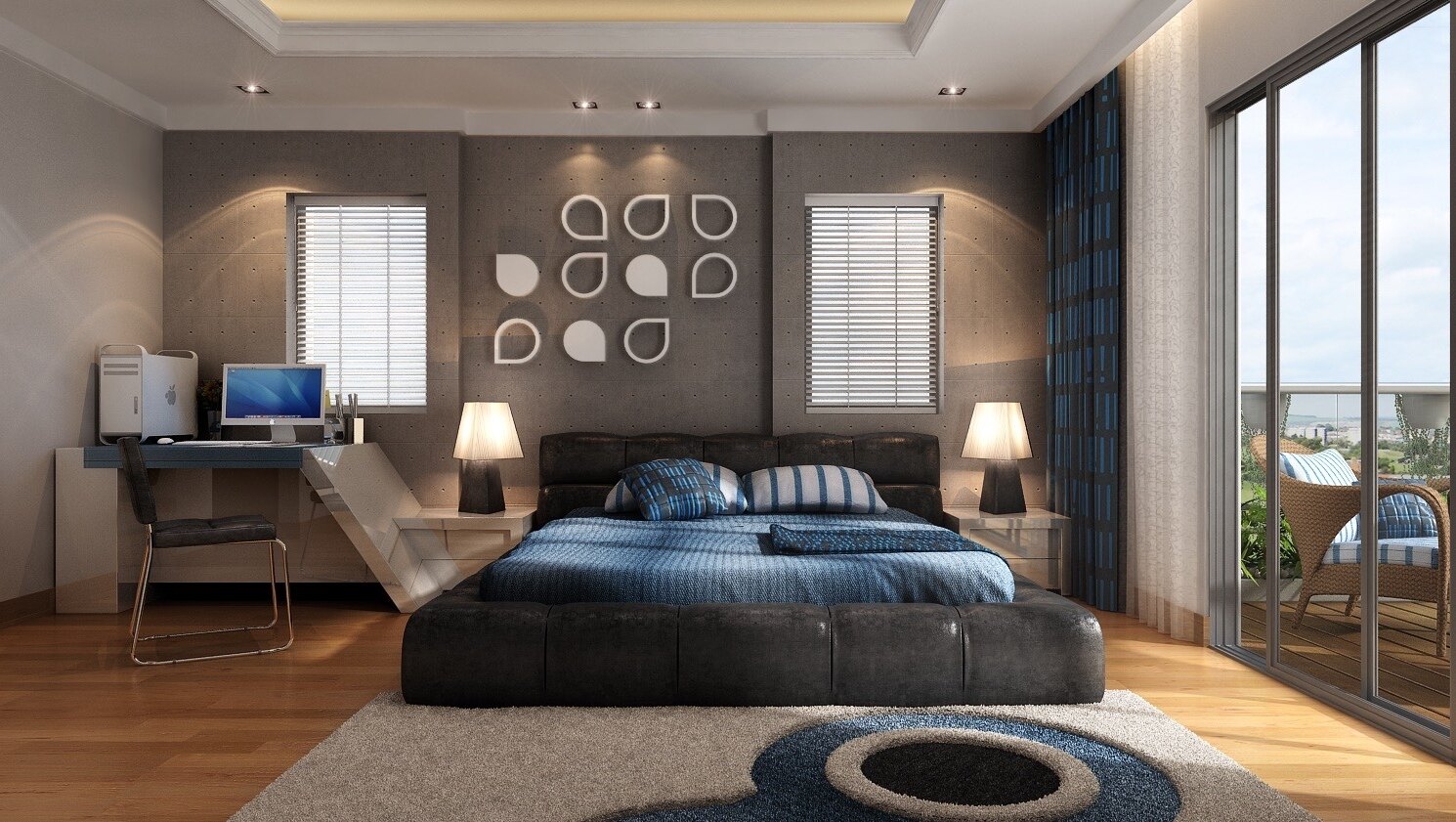
Simple design isn't just about making things look pretty. It's about creating something functional, easy to use, and aesthetically pleasing. Ever wondered why some products just feel right? That's the magic of simple design. It strips away the unnecessary, leaving only what truly matters. Think of your favorite app or website. Chances are, it's not cluttered with buttons and text. Instead, it guides you effortlessly to what you need. Simple design is like a breath of fresh air in a world full of noise. Ready to dive into 36 facts that will change how you see design forever? Let's get started!
Key Takeaways:
- Simple design focuses on usability, white space, limited color palette, and clean typography. It emphasizes functionality, reduces cognitive load, and enhances accessibility for a better user experience.
- Simple design principles benefit technology, everyday life, marketing, and art. While it has challenges, it continues to evolve, adapting to new technologies and user needs.
The Essence of Simple Design
Simple design is more than just minimalism. It’s about clarity, functionality, and elegance. Here are some fascinating facts about simple design that highlight its importance and impact.
-
Simple design focuses on usability. It ensures that users can navigate and use a product or service easily without confusion.
-
White space is a crucial element. It helps to avoid clutter and makes content more readable and engaging.
-
Simple design often uses a limited color palette. This helps to create a cohesive and harmonious look.
-
Typography plays a significant role. Clean, easy-to-read fonts are preferred to enhance readability.
-
Simple design emphasizes functionality over aesthetics. The primary goal is to make the product work well for its intended purpose.
Historical Influence on Simple Design
Understanding the roots of simple design can provide insight into its principles and evolution.
-
The Bauhaus movement in the early 20th century greatly influenced simple design. It promoted the idea that form should follow function.
-
Japanese design principles, such as wabi-sabi, emphasize simplicity and the beauty of imperfection.
-
The Scandinavian design movement is known for its minimalist approach, focusing on functionality and simplicity.
-
Modernism in the mid-20th century pushed for simplicity in design, rejecting ornate details in favor of clean lines and minimalism.
Benefits of Simple Design
Simple design isn't just aesthetically pleasing; it offers numerous practical benefits.
-
It reduces cognitive load. Users can process information more easily without being overwhelmed by unnecessary details.
-
Simple design can improve performance. Websites and apps with fewer elements load faster and run more smoothly.
-
It enhances accessibility. Clear, straightforward design makes it easier for people with disabilities to use products and services.
-
Simple design often leads to cost savings. Fewer elements mean less time and resources spent on development and maintenance.
Simple Design in Technology
Technology has embraced simple design principles to improve user experience and functionality.
-
Apple is known for its simple design philosophy. Their products are sleek, intuitive, and user-friendly.
-
Google’s homepage is a prime example of simple design. Its clean, uncluttered interface makes it easy to use.
-
Flat design is a popular trend in tech. It uses simple, two-dimensional elements without any embellishments.
-
Responsive design ensures that websites work well on various devices. Simple design makes it easier to create responsive layouts.
Simple Design in Everyday Life
Simple design principles can be applied to various aspects of daily life, making things more efficient and enjoyable.
-
Decluttering your living space can improve mental clarity and reduce stress.
-
Capsule wardrobes are a fashion trend that embraces simple design. They consist of a few versatile pieces that can be mixed and matched.
-
Minimalist home decor focuses on functionality and simplicity, creating a calm and inviting environment.
-
Simple meal planning can save time and reduce decision fatigue. Focus on nutritious, easy-to-prepare meals.
Simple Design in Marketing
Marketing strategies also benefit from simple design principles, making messages clearer and more impactful.
-
Clean, straightforward ads are more effective. They grab attention without overwhelming the viewer.
-
Simple logos are memorable and easily recognizable. Think of brands like Nike and Apple.
-
Minimalist packaging can make products stand out on the shelf. It also often uses fewer materials, which is better for the environment.
-
Clear, concise messaging is key. Simple design helps to communicate the core message without distractions.
Challenges of Simple Design
While simple design has many benefits, it also comes with its own set of challenges.
-
Achieving simplicity can be time-consuming. It often takes more effort to create a simple design than a complex one.
-
There’s a risk of being too minimal. Stripping away too much can lead to a lack of functionality or visual interest.
-
Balancing aesthetics and functionality is crucial. A design must look good and work well.
-
User expectations can vary. What seems simple to one person might be confusing to another.
Future of Simple Design
The principles of simple design will continue to evolve, adapting to new technologies and user needs.
-
Artificial intelligence can help create more personalized and intuitive designs.
-
Voice interfaces are becoming more common. Simple design principles are essential for creating effective voice user interfaces.
-
Augmented reality (AR) and virtual reality (VR) will benefit from simple design. Clear, intuitive interfaces are crucial in these immersive environments.
-
Sustainable design is gaining importance. Simple design often aligns with sustainability by reducing waste and using fewer resources.
Simple Design in Art and Culture
Art and culture have long embraced the beauty of simplicity, influencing various design fields.
-
Minimalist art focuses on simplicity and the use of basic elements like lines, shapes, and colors.
-
Zen gardens in Japanese culture are designed with simplicity in mind, promoting tranquility and mindfulness.
-
Literature can also reflect simple design principles. Clear, concise writing is often more powerful and impactful than complex prose.
The Power of Simple Design
Simple design isn’t just about aesthetics. It’s about functionality, usability, and efficiency. When things are kept straightforward, users find what they need faster, making their experience more enjoyable. Think about your favorite apps or websites. Chances are, they’re easy to navigate and don’t overwhelm you with clutter.
Minimalism in design also saves time and resources. Developers can focus on perfecting core features instead of getting bogged down by unnecessary elements. This approach leads to faster load times and better performance.
Remember, simplicity doesn’t mean boring. It means clear, concise, and purposeful. Whether you’re designing a website, an app, or even your living space, embracing simple design can lead to better results and happier users. So next time you’re working on a project, ask yourself: How can I make this simpler? You might be surprised by how much better it turns out.
Frequently Asked Questions
Was this page helpful?
Our commitment to delivering trustworthy and engaging content is at the heart of what we do. Each fact on our site is contributed by real users like you, bringing a wealth of diverse insights and information. To ensure the highest standards of accuracy and reliability, our dedicated editors meticulously review each submission. This process guarantees that the facts we share are not only fascinating but also credible. Trust in our commitment to quality and authenticity as you explore and learn with us.


